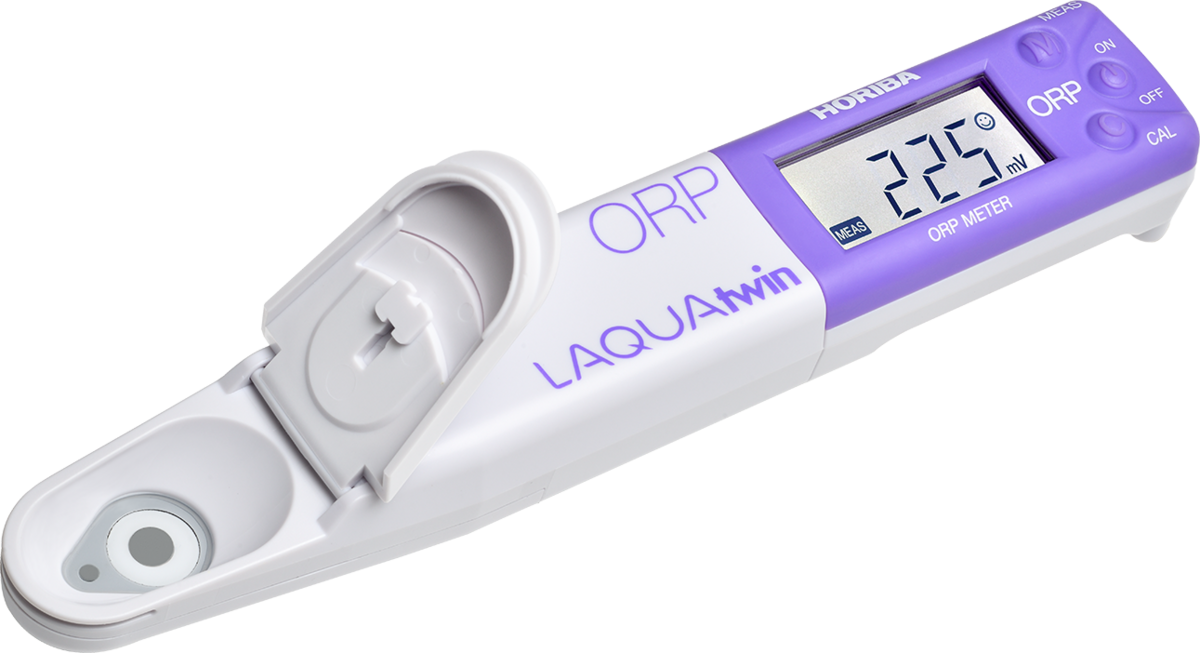Measurement of ORP (Eh) in Soil
Soil Eh levels are indicators of soil health1, influencing plant growth and agricultural productivity.
Ideal Eh for most crops ranges from +400 to +450 mV2, signifying well oxygenated, nutrient-rich soil.
Eh is measured by mixing soil with water to assess the solution's redox potential, offering insights into nutrient availability and overall soil condition.
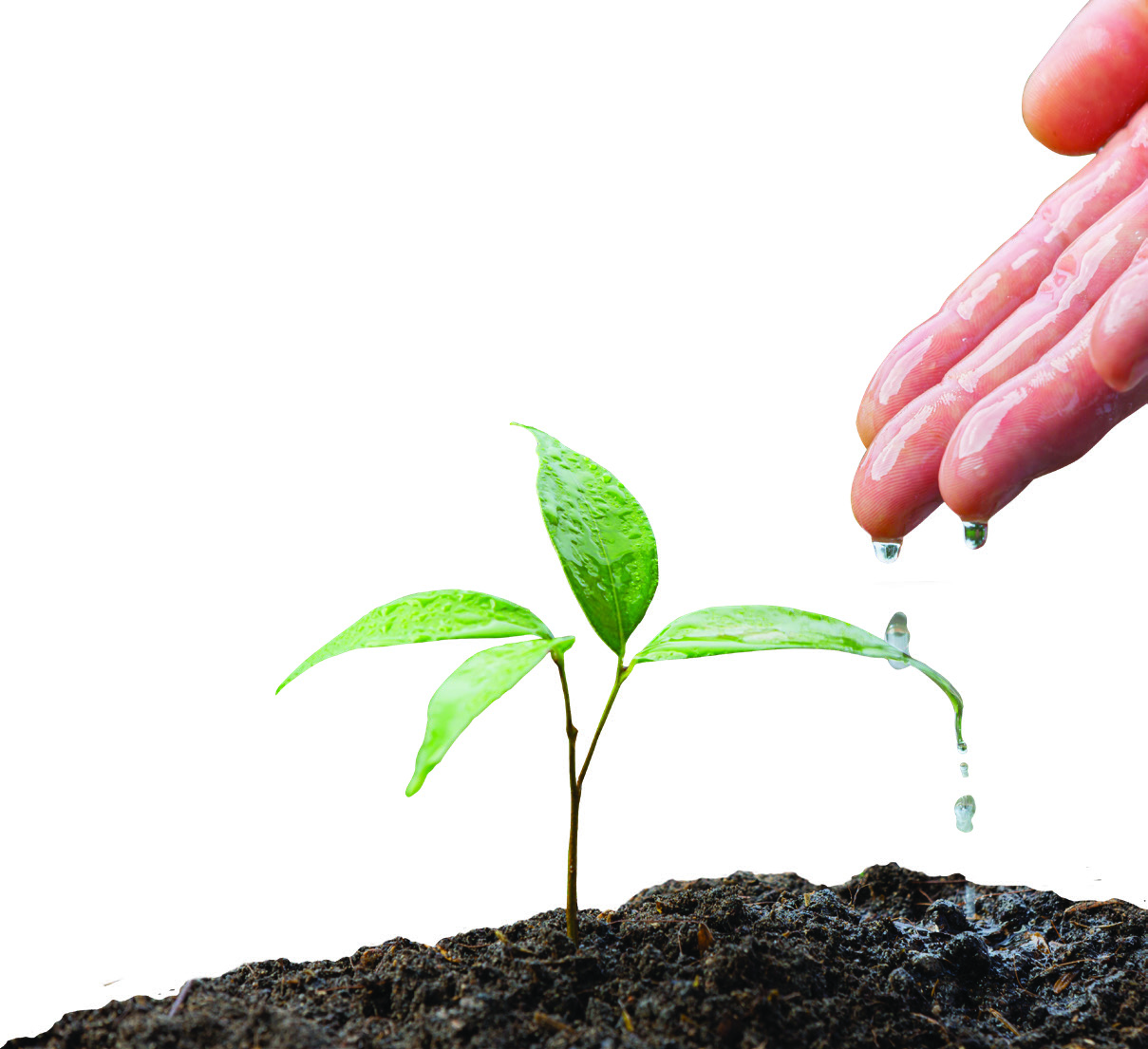
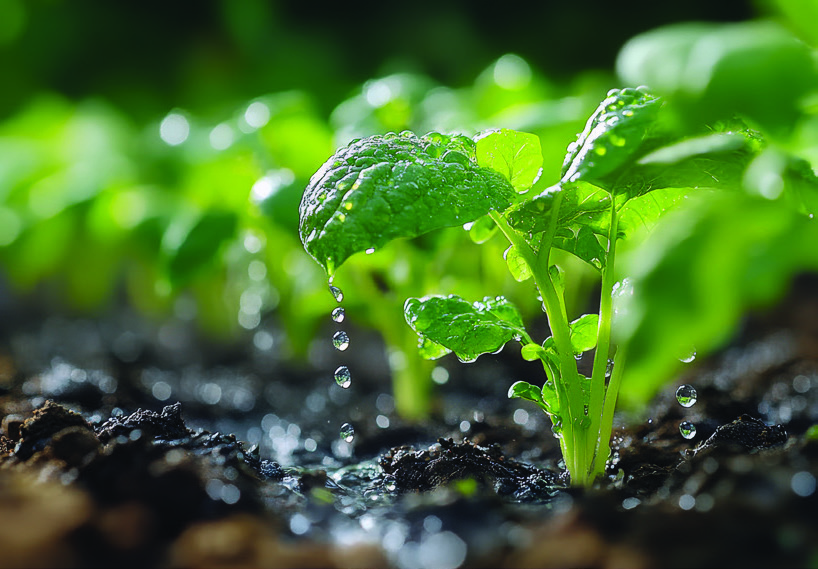
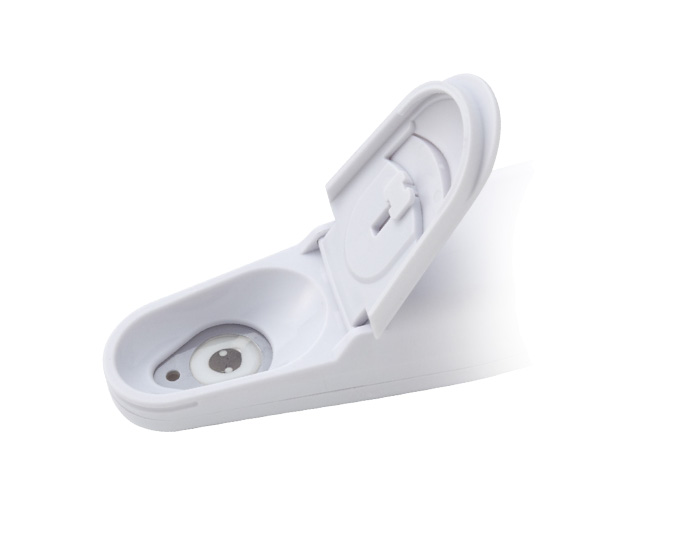
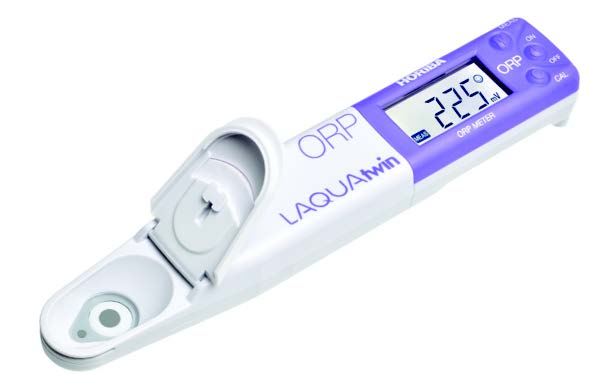
Introduction
Redox potential (Eh) can serve as a measure of the soil's ability to engage in oxidation and reduction reactions, which are crucial for various soil processes. Soil Eh measurement is essential for understanding soil conditions and their impact on agricultural productivity. It provides insights into oxygen availability, nutrient availability, and overall soil health.3
Eh measurement serves as a valuable tool for optimizing soil management practices and detecting issues such as waterlogging.4
The optimal conditions for plant growth are dependent on factors like soil Eh and pH.5 Generally, oxygen-rich soils with higher Eh values typically promote better nutrient availability and foster healthy plant growth.
The optimal Eh range for plant growth varies among crops, with values typically falling between +400 to +450mV, at pH 5.5-8 indicating well oxygenated and nutrient-rich soils.6
Deviations from this range, such as soil Eh levels above +450mV (over oxygenated soil) or oxygen-deprived soil below +400mV, can pose risks such as mineral deficiency, heavy metal toxicity, and pathogen development, negatively impacting plant health.7
Maintaining adequate soil aeration and drainage is essential for preventing oxygen poor conditions and promoting healthy plant growth.
LAQUAtwin ORP-11 pocket meter offers a convenient solution for monitoring soil Eh, providing exceptional accuracy of ±2mV. With its ease of use and reliability, the meter facilitates efficient Eh measurement in soil, enabling agricultural practitioners to make informed decisions regarding soil management.
The pocket-sized ORP meter measures both ORP and Eh value (voltage reading vs. the Standard Hydrogen Electrode or SHE)
ORP uses practical reference electrodes like Ag/AgCl commonly used in industry and field applications, while Eh is typically referenced to the theoretical SHE (Standard Hydrogen Electrode) used in scientific research and standardization.
Selection of parameter (Eh or ORP) can be done during the set-up of LAQUAtwin meter. For more information, refer to meter manual.
pH measurement can be taken using our LAQUAtwin pH meter.
Method
Collection & Preparation
- Collect dry soil samples from representative areas and pass them through a 2mm sieve to remove debris. Take note that soil moisture affects ORP readings.
- Prepare a soil extract by mixing soil and water in a 1:2 ratio. Shake the mixture and take the reading. (Ensure soil is moist but not too much that it affects ORP reading)
Calibration
Calibrate the LAQUAtwin ORP-11 pocket meter using 225-mV standard solution to ensure accurate readings.
Measurement
- Place drops of clear liquid from the top layer of the soil extract (or filtrate, if filtered) onto the sensor.
- Record the stabilized reading.
- Rinse the sensor with water and blot it dry with tissue after each sample.
- Measure pH with our LAQUAtwin pH and refer to the table above.

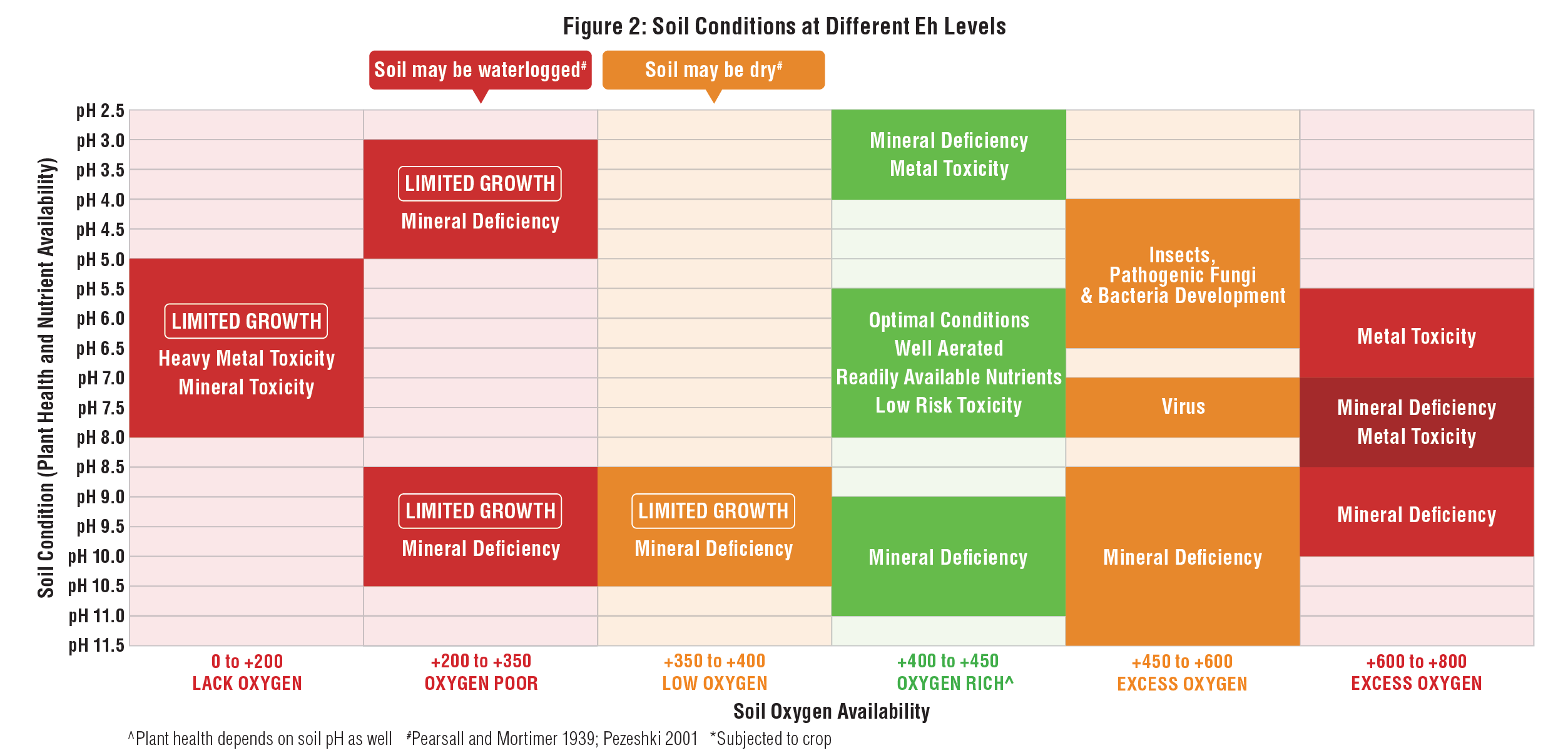
Results and Benefits
Measurement of ORP helps farmers optimize irrigation, drainage, and fertilization practices. It detects waterlogging, preventing conditions that lack oxygen that can hinder plant growth. Additionally, it enhances nutrient and oxygen availability in the soil.
Overall, ORP measurement supports sustainable crop production by ensuring efficient soil management.
Table 2: Ways to increase ORP or decrease ORP (Oxygen Levels)
| Increasing ORP | Decreasing ORP |
|---|---|
|
|
References and Suggested Readings
1-7. Husson, O. Redox potential (Eh) and pH as drivers of soil/plant/microorganism systems: a transdisciplinary overview pointing to integrative opportunities for agronomy. Plant Soil 362, 389–417 (2013). https://doi.org/10.1007/s11104-012-1429-7
8. Khan, A.R.. (2008). Influence Of Tillage on Soil Aeration. Journal of Agronomy and Crop Science. 177. 253 - 259. 10.1111/j.1439-037X.1996.tb00243.x
9. Soil amendments. National Parks GardeningSG. (n.d.). https://gardeningsg.nparks.gov.sg/page-index/horticulture-techniques/soil-amendments/ Retrieved from https://gardeningsg.nparks.gov.sg/page-index/horticulture-techniques/soil-amendments/
10. Moleaer. (2024, June 18). What is oxidation-reduction potential (ORP) for lakes? Retrieved from https://www.moleaer.com/blog/lakes-ponds/what-is-oxidation-reduction-potential
11. Soil amendments. National Parks GardeningSG. (n.d.). Retrieved from https://gardeningsg.nparks.gov.sg/page-index/plant-problems/waterlogging/
12. Environmental Protection Agency. (n.d.). EPA. Retrieved from https://19january2017snapshot.epa.gov/
Figure 1: Husson, O. Redox potential (Eh) and pH as drivers of soil/plant/microorganism systems: a transdisciplinary overview pointing to integrative opportunities for agronomy. Plant Soil 362, 389–417 (2013). https://doi.org/10.1007/s11104-012-1429-7
Figure 2: Husson, O. Redox potential (Eh) and pH as drivers of soil/plant/microorganism systems: a transdisciplinary overview pointing to integrative opportunities for agronomy. Plant Soil 362, 389–417 (2013).
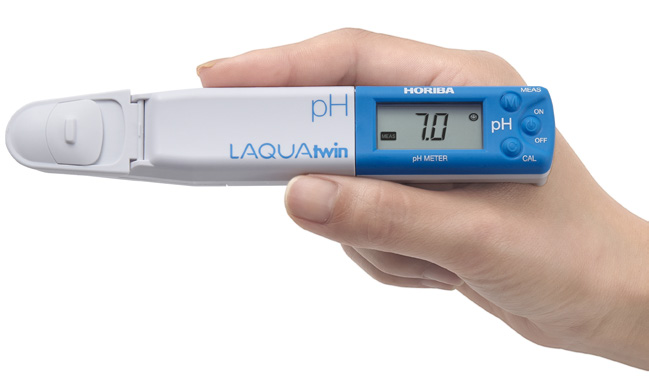
LAQUAtwin: the only meters with flat sensor technology.
HORIBA’s highly-sensitive, flat sensor technology opens up new possibilities for sampling and sample types. Only a small amount of sample is required, so you can easily sample in situ without the need for beakers or other labware. Sensors are easily replaced as required.
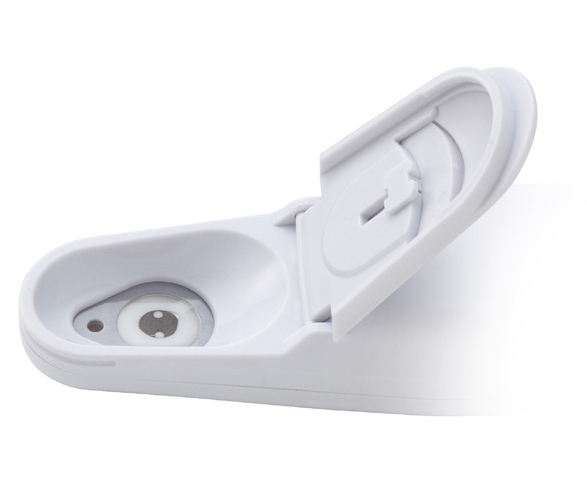
Calibrate and measure at the touch of a button — the smiley face will tell you when the result can be read.
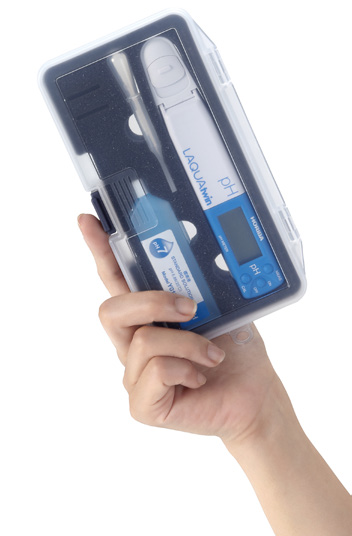
LAQUAtwin is fully waterproof and dustproof.
The meter and sensor are fully waterproof* and dustproof, so you can take it anywhere.
* IP67 rated. Will withstand immersion for 30 minutes at 1 m. Not suitable for underwater use.
Carry case comes as standard for handy portability.
The compact carry case contains everything you need for your measurements, including the standard solution and sampling sheets.

